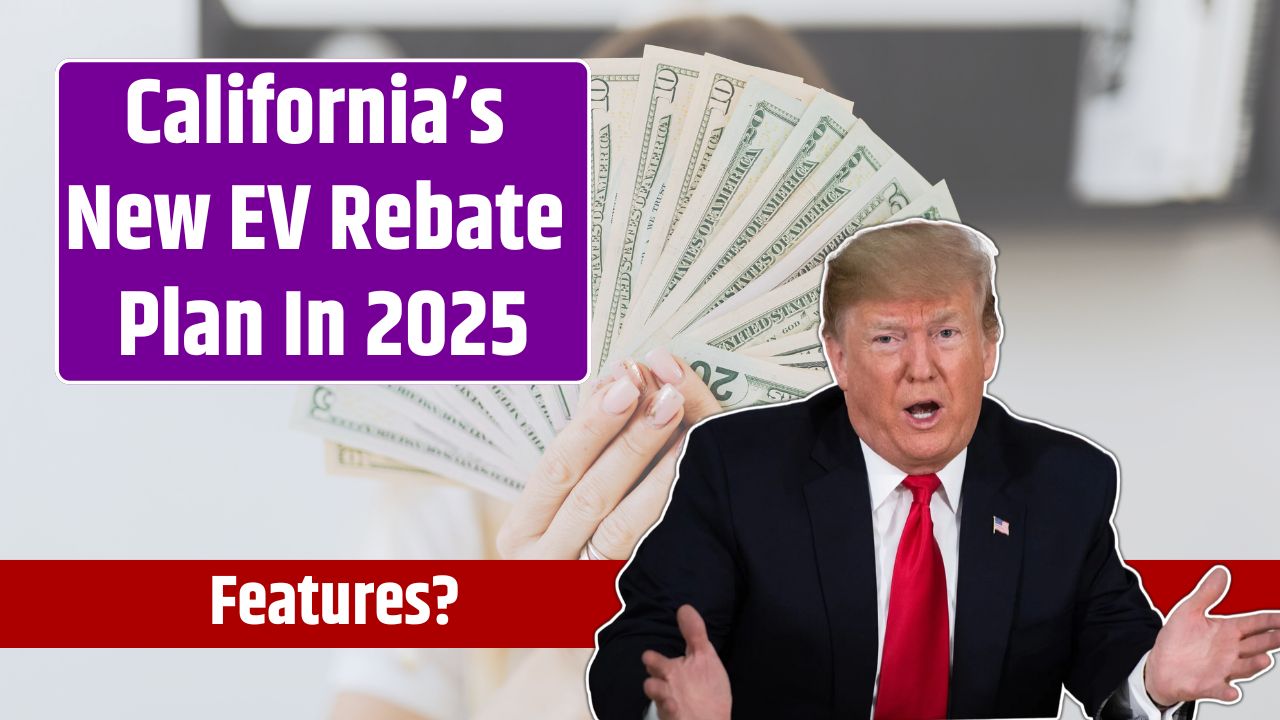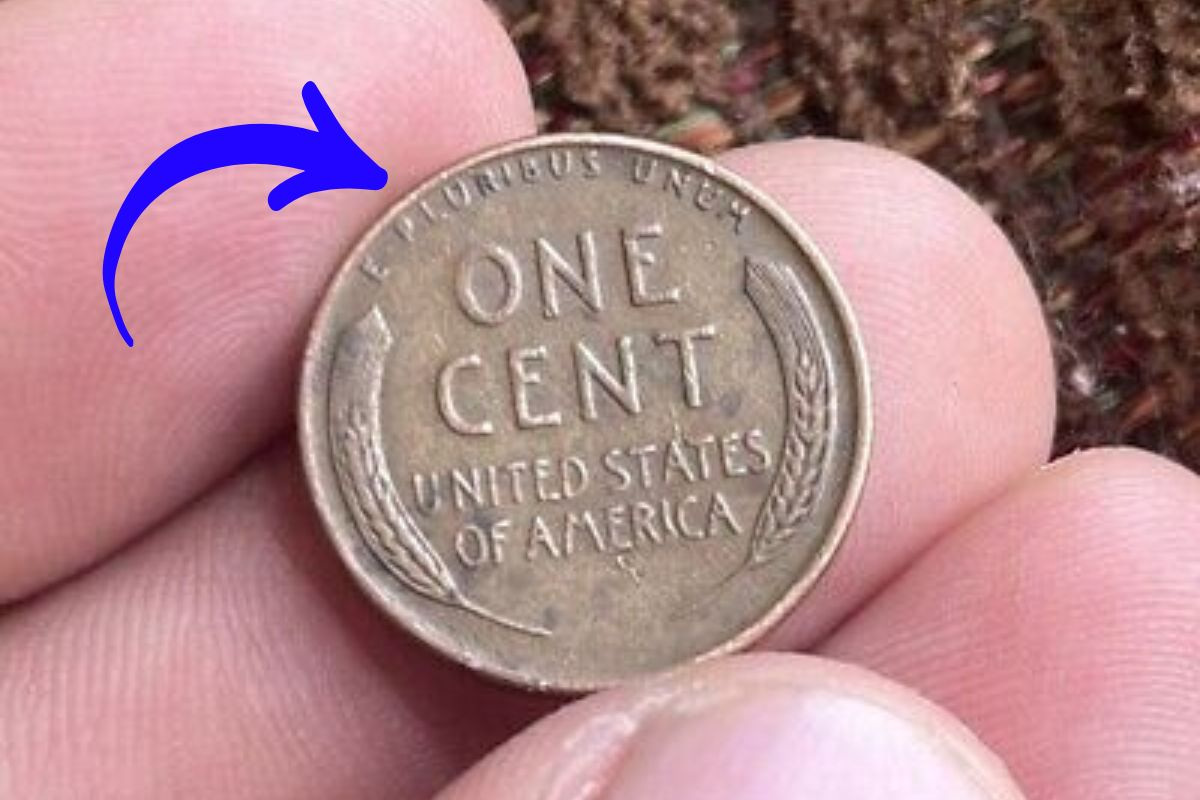California is leading the charge toward a greener future with its new electric vehicle (EV) rebate plan. Offering rebates of up to $7,500, this initiative prioritizes low- and middle-income households while expanding access to EV charging infrastructure.
Funded by the state’s cap-and-trade program, the plan aims to make zero-emission vehicles (ZEVs) more affordable and accessible.
Here’s a detailed breakdown of what the program entails and how it can benefit you.
What Is California’s EV Rebate Plan?
The updated Clean Vehicle Rebate Program (CVRP) offers direct financial incentives to Californians who purchase or lease eligible electric vehicles.
It addresses affordability and equity concerns, ensuring more households can transition to sustainable transportation.
With a focus on underserved communities and supporting statewide environmental goals, the plan is a bold step toward achieving 100% zero-emission vehicle sales by 2035.
Key Features
1. Rebate Amount
Eligible participants can receive up to $7,500 for qualifying ZEVs, significantly reducing the cost of ownership.
2. Funding Source
The program is financed by California’s Greenhouse Gas Reduction Fund, fueled by the state’s cap-and-trade program. Polluters contribute directly, creating a win-win for the environment and residents.
3. Income-Based Eligibility
The program introduces income caps to ensure equitable distribution:
- Priority: Low- and middle-income households.
- Restrictions: High-income individuals may not qualify for the full rebate.
4. Market Share Limits
Automakers with dominant market shares, such as Tesla, may be excluded from the rebate to encourage competition and diversify EV adoption.
5. Charging Infrastructure Support
In addition to rebates, the program invests in public charging stations and home charger installation incentives, addressing a common barrier to EV ownership.
6. Environmental Objectives
This plan aligns with California’s commitment to cutting greenhouse gas emissions and transitioning to a zero-emission vehicle market by 2035.
Why This Plan Is Significant
With rising EV adoption, the federal $7,500 tax credit has faced criticism for disproportionately benefiting higher-income households and dominant automakers like Tesla.
California’s rebate program seeks to address these gaps by prioritizing equity and accessibility.
For instance, a family earning $60,000 per year could qualify for the full $7,500 rebate, making EV ownership an affordable option.
How to Apply
Step 1: Verify Eligibility
- Visit the CVRP official site.
- Check your income and confirm that your EV model qualifies.
Step 2: Purchase or Lease an Eligible EV
- Choose a vehicle from the approved list.
- Keep proof of purchase, registration, and financing details.
Step 3: Submit Your Application
- Apply online through the CVRP portal.
- Upload required documents, including income verification if applicable.
Step 4: Receive Your Rebate
- Approved applicants typically receive their rebate within 90 days.
Comparing the California Rebate to the Federal Credit
| Feature | California Rebate | Federal Credit |
|---|---|---|
| Maximum Amount | $7,500 | $7,500 |
| Delivery Method | Direct rebate | Tax deduction |
| Eligibility Focus | Income-based; low- to middle-income | Higher-income households may qualify |
| Market Share Restrictions | Yes (e.g., Tesla excluded) | No |
| Charging Support | Included (infrastructure funding) | Not included |
California’s direct cash rebate provides immediate savings, while the federal tax credit applies when you file your taxes. The state rebate’s income caps and market-share restrictions further differentiate it by targeting underserved communities.
Benefits for Californians
The program offers several advantages:
- Lower Costs: Reduces upfront EV expenses, making ownership affordable.
- Equity: Prioritizes low- and middle-income families.
- Sustainability: Aligns with California’s clean energy goals.
- Charging Accessibility: Expands public and home charging options.
Potential Challenges
Tesla Exclusion
High market-share automakers, like Tesla, may be ineligible for rebates, limiting consumer choices.
Income Verification
The application process may require extensive documentation, making it cumbersome for some participants.
Limited Funding
If demand exceeds expectations, the rebate pool could deplete quickly, leaving some applicants without support.
Infrastructure Gaps
While investments in charging networks are expanding, rural and underserved areas may still face challenges accessing reliable charging options.
California’s EV rebate plan is a significant step toward promoting green transportation and reducing greenhouse gas emissions.
By prioritizing equity and investing in infrastructure, the state is ensuring that the transition to electric vehicles benefits all residents, not just a privileged few.
If you’re considering an EV, take advantage of this program to join the movement toward a cleaner, more sustainable future.
















